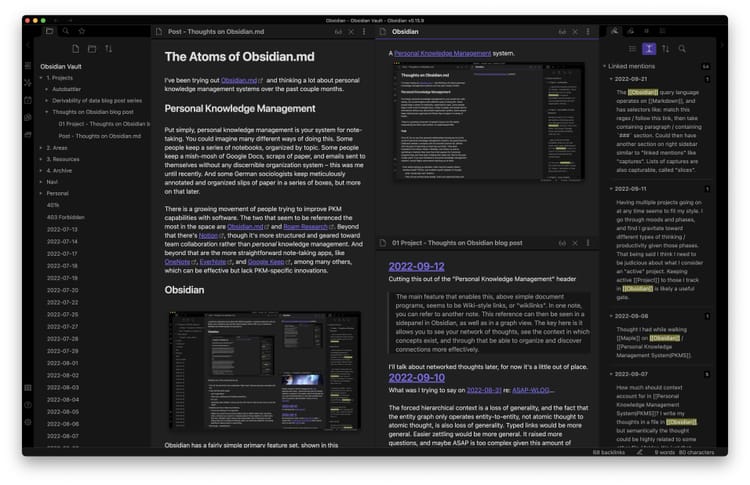Crafting the Ideal Writing Environment for Enhanced Creativity

Creating the perfect writing environment is akin to cultivating a sanctuary where creativity can flourish. For writers, the ambiance they work can significantly influence productivity, inspiration, and overall success in their craft. This post delves into the art of crafting your ideal writing space, the importance of establishing a routine, and the value of experimentation in honing your writing practice.
Importance of a Dedicated Writing Space
A dedicated writing space is more than just a physical location—it’s a signal to your brain that it’s time to focus and create. This space doesn’t need to be large or lavish but should be a designated area that mentally prepares you for writing. The key is consistency, whether it’s a specific room, a quiet corner of your home, or even a local café where you feel most at ease. This consistency helps build a mental association between your chosen space and writing productivity.
Tips for Creating a Productive Writing Environment
Crafting a space conducive to writing requires attention to several factors that can enhance or detract from your ability to focus and be creative. Here are tips to consider:
- Minimize Distractions: In today’s digital age, distractions are just a click away. Consider using apps that block social media or employing noise-canceling headphones to immerse yourself in your writing.
- Comfort is Key: Invest in ergonomic furniture. A comfortable chair and a desk at the right height can prevent discomfort and keep you focused longer.
- Lighting Matters: Natural light is ideal, as it boosts mood and energy. However, if natural light isn’t available, ensure your space is well-lit with lamps that mimic daylight.
- Personalize Your Space: Surround yourself with items that inspire and motivate you, whether books, art, or personal mementos. These items should energize your creativity, not clutter your space.
- Nature and Greenery: Studies have shown that plants can boost mood and productivity. Consider adding a few low-maintenance plants to your writing space for a touch of nature.
The Role of Routine in Fostering a Writing Habit
Beyond the physical environment, the structure of your day plays a crucial role in nurturing your writing practice. A routine can act as a framework that guides your daily writing efforts, providing consistency and accountability. Here are ways to build a writing routine:
- Set Specific Times for Writing: Whether you’re a morning person or a night owl, designate a specific time of day for writing. This regularity helps form a habit, making it easier to start each session.
- Warm-up Rituals: Develop a pre-writing ritual to signal your brain that it’s time to write. This could be as simple as making tea, meditating for a few minutes, or reading a page from your favorite book.
- Set Achievable Goals: Rather than focusing on the daunting task of completing a large project, set small, achievable goals for each writing session. This could be writing a certain number of words or for a specific duration.
Encouragement to Experiment and Find What Works Best
While the tips provided can serve as a foundation, it’s essential to remember that there is no one-size-fits-all approach to creating the perfect writing environment. Personal preferences play a significant role in determining what makes an environment conducive to your writing. Here are some suggestions for experimentation:
- Change Your Scenery: If your creativity wanes, consider changing your environment. Sometimes, a new setting can provide fresh inspiration.
- Experiment with Music or Silence: Some writers find background music helpful, while others prefer complete silence. Experiment with different sounds to see what enhances your focus and creativity.
- Adjust Your Routine: Be open to adjusting your routine as needed. Life circumstances change, and what worked at one time may not be as effective later. Stay flexible and adapt your writing practices accordingly.
Creating your perfect writing environment is a deeply personal journey that involves tailoring your physical space, establishing a supportive routine, and being willing to adapt and experiment. By paying attention to the details of your workspace and the structure of your writing practice, you can create a sanctuary that fosters productivity and nurtures your creative spirit. Remember, the goal is to find a balance that works uniquely for you, enabling you to thrive in your writing endeavors.







Member discussion